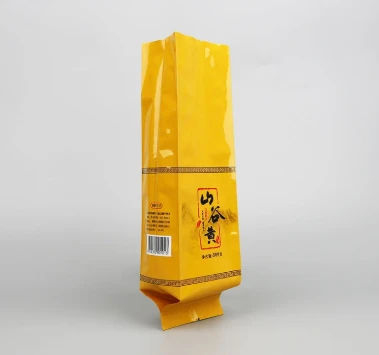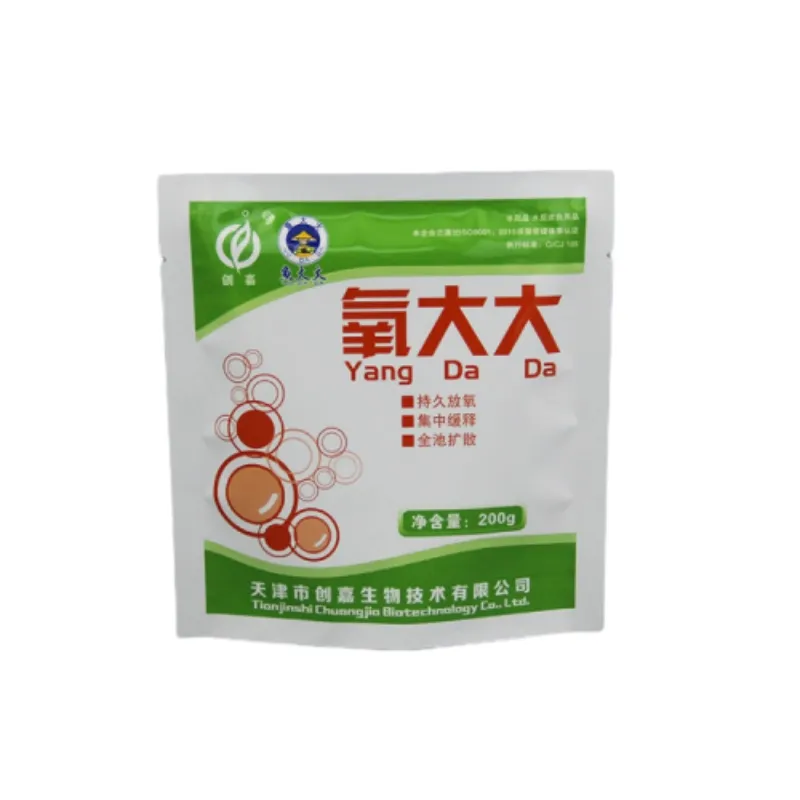Aluminium has revolutionized the food packaging industry, offering unparalleled benefits that cater to both manufacturers and consumers alike. Derived from an abundant ore called bauxite, aluminium is treasured for its malleability, versatility, and protective qualities, making it a preferred choice for food packaging solutions.

One of the standout features of aluminium is its exceptional barrier properties. It effectively shields packaged food from external elements such as oxygen, light, and moisture, which are primary agents that lead to spoilage. By creating an almost impenetrable barrier, aluminium extends the shelf life of products, thereby reducing food waste—a significant concern for both businesses and environmentally-conscious consumers. This protective nature ensures that food retains its intended flavor, aroma, and nutritional value, thus appealing to quality-conscious brands and consumers.
In terms of expertise, the ability to recycle aluminium endlessly without any loss of quality provides a unique sustainability advantage. The recycling process requires merely 5% of the energy needed to produce primary aluminium, a factor that substantially reduces the environmental footprint of packaging solutions. This energy efficiency not only makes aluminium an eco-friendly choice but also contributes positively to a brand's sustainability credentials.

The lightweight nature of aluminium is another compelling advantage, especially in logistics and transportation. Lighter packaging translates into reduced fuel consumption during transport, resulting in lower carbon emissions. For businesses, this means cost savings and an opportunity to pass on these benefits to consumers through more competitively priced products.
aluminium for food packaging
Authority in the field of food packaging is often linked to safety, and aluminium does not disappoint. It is non-toxic and safe for both food and beverage packaging, as it does not interact with food products. Aluminium's inert qualities ensure that it doesn't alter the taste or quality of the food it protects. This feature plays a crucial role in building trust with consumers, who are increasingly concerned about the materials that come into contact with their food.
Innovation in aluminium packaging is constantly evolving, with manufacturers integrating cutting-edge technology to enhance the product's functionality. From incorporating easy-open features to improving the sealing properties, the ongoing advancements in aluminium packaging cater to the demands of modern consumers looking for convenience and reliability in their food purchases.
Despite the many benefits of aluminium, its adoption in food packaging still requires careful consideration regarding the type of food, the intended use, and the consumer demographics. Companies must leverage market research and consumer behavior analysis to tailor their packaging solutions accurately. Partnering with experienced packaging designers and engineers can facilitate the creation of effective and aesthetically appealing aluminium packaging that resonates with target audiences.
In conclusion,
aluminium stands as a cornerstone of food packaging innovation, combining efficiency, protection, and sustainability. Its adoption is supported by its substantial benefits in extending shelf life, reducing environmental impact, and maintaining food safety and quality. As industries continue to navigate the complexities of consumer demands and environmental responsibilities, aluminium persists as a trusted material that meets the multifaceted needs of modern food packaging.